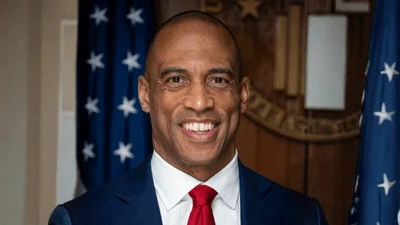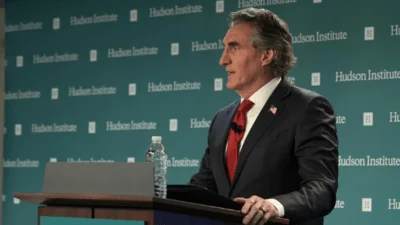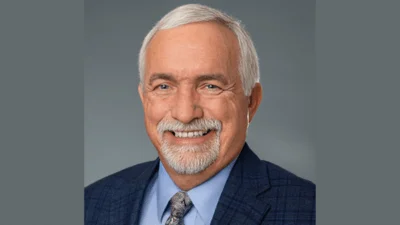Corey Rosenbusch, president and CEO of The Fertilizer Institute (TFI), said global political decisions and trade disruptions are playing a central role in rising fertilizer costs for American farmers.
His comments came during a recent interview on the AgriTalk radio program.
“The factors that are driving this market are, frankly, outside of our control and honestly, outside of this country’s control,” said Rosenbusch. “Geopolitics this time is taking the headlines when it comes to driving supply demand factors.”
DAP (diammonium phosphate) and MAP (monoammonium phosphate) are the primary phosphorus fertilizers used by U.S. growers, and their prices track closely with global phosphate supply. China produces almost half of the world’s phosphates, and its 2021 decision to restrict phosphate exports removed significant volume from the international market. Analysts at the International Food Policy Research Institute reported that China’s export controls tightened global supply and pushed up prices for key products such as DAP and MAP.
The United States continues to import about 40 percent of its phosphates. Rosenbusch said U.S. growers are competing directly with major buyers such as Brazil for material sourced from Russia and the Middle East. Trade data reviewed by the University of Illinois farmdoc initiative show the U.S. remains reliant on foreign phosphorus products.
Countervailing duties placed on phosphate imports from Morocco and Russia beginning in 2021 also reshaped U.S. supply. The U.S. Department of Commerce issued anti-subsidy orders on both countries’ phosphate products, leading U.S. buyers to replace Moroccan shipments with increased sourcing from Saudi Arabia.
Rosenbusch said TFI will continue communicating the global factors affecting U.S. growers, noting that domestic producers cannot offset international disruptions alone.
An economist with the American Farm Bureau Federation said in September that “the big drivers” of higher fertilizer prices are energy costs, specifically the cost of natural gas, reported Farm Country Today.
“The big drivers are energy costs, mainly because nitrogen fertilizers rely on natural gas and so other countries have had decreased production due to conflict, as well as geopolitical disputes overall,” said Faith Parum, an economist with the Farm Bureau, in an interview on the Newsline Podcast. “There will just, again, be that uncertainty as you know, the world continues to move around through these geopolitical disruptions,” Parum said, reported the Utah Farm Bureau.
Natural gas is both a feedstock and a power source for nitrogen fertilizer production, meaning higher gas prices directly raise fertilizer costs. Parum said energy remains a critical factor in fertilizer markets because “natural gas is the main feedstock for nitrogen fertilizer,” and that rising gas costs in 2025 and 2026 are likely to tighten global supply and margins.
Fertilizer manufacturer Yara International also reported this year that it expects gas costs to be $60 million higher in the third quarter and $10 million higher in the fourth quarter compared to last year, underscoring how energy prices are pressuring the sector’s bottom line.
In Australia, fertilizer producer Dyno Nobel said that rising gas prices have added $40 million to $80 million in annual operating costs at its Phosphate Hill plant, a situation that has put hundreds of jobs at risk, reported the Courier-Mail.
Globally, fertilizer prices have risen about 15 percent since April, according to a Rabobank report summarized by Wisconsin Ag Connection, with phosphate prices up nearly 19 percent.









